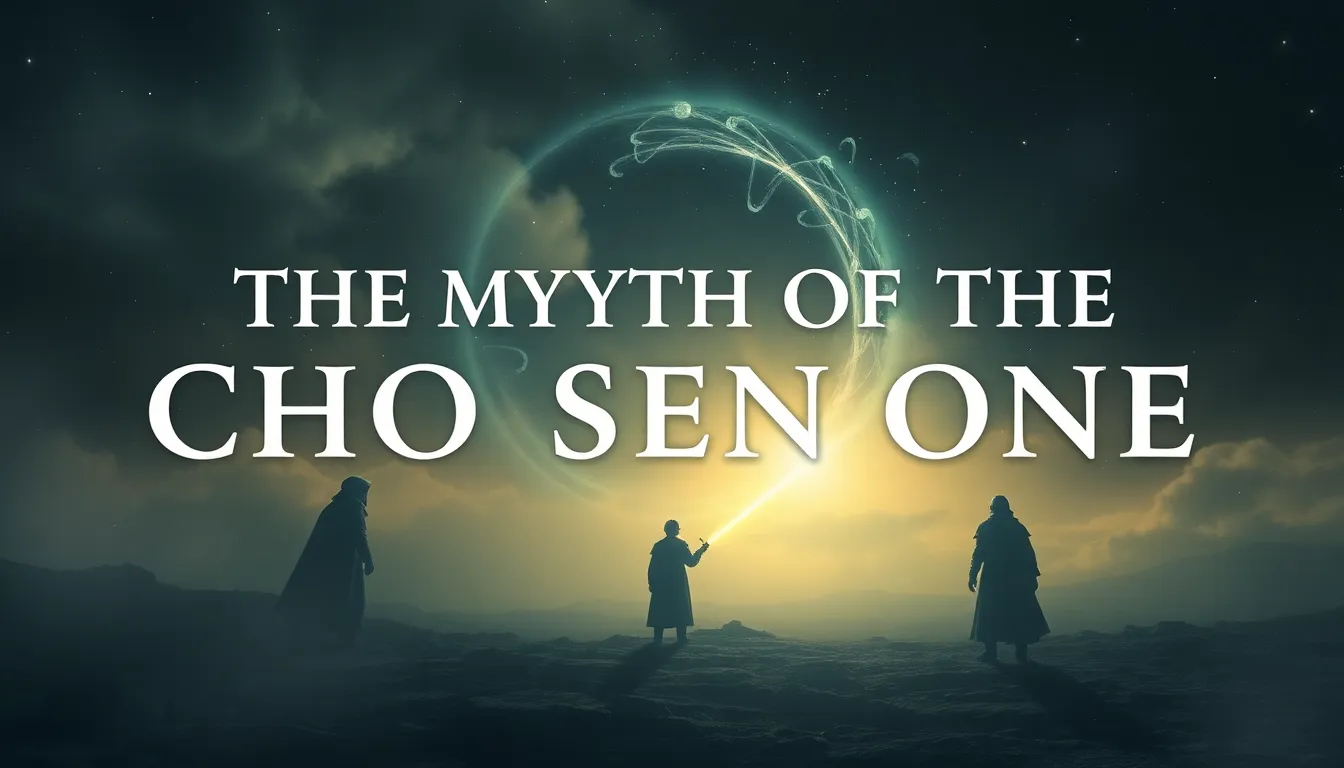The Trickster’s Toolkit: Common Themes in Folklore
Introduction to Trickster Figures in Folklore
Trickster figures are a fascinating component of folklore, characterized by their mischievous nature and ability to bend rules. They often possess a unique blend of intelligence, cunning, and unpredictability, making them both endearing and infuriating. In various cultures, tricksters serve essential roles, embodying the complexities of human nature and societal norms.
This article will explore common themes associated with trickster figures across different cultures, highlighting their dual nature, cunning tools, roles as social commentators, and more. By examining these aspects, we can better understand the enduring appeal of tricksters in folklore and modern narratives.
The Dual Nature of Tricksters: Creator and Destroyer
One of the most intriguing aspects of trickster figures is their duality as both creators and destroyers. In many creation myths, tricksters are pivotal in shaping the world, often using their cunning to bring forth new life or ideas. However, this creative force is often accompanied by chaos and disorder.
- Examples of Tricksters in Creation Myths:
- Prometheus in Greek mythology, who stole fire from the gods to give to humanity.
- Nanabozho in Native American folklore, who created the world through a series of clever tricks.
- Chaos and Disorder:
- Tricksters like Loki from Norse mythology often bring about chaos that disrupts the order of gods and mortals alike.
- Similarly, Coyote in Native American stories frequently leads to unintended consequences through his actions.
This balance between creation and destruction underscores the complexity of tricksters in folklore, representing the dual nature of existence itself.
Cunning vs. Strength: The Trickster’s Tools
In folklore, tricksters often rely on wit and cunning rather than brute strength. This theme resonates across cultures, emphasizing the importance of intelligence and cleverness in overcoming obstacles.
Case studies of notable tricksters illustrate this point:
- Anansi: The West African spider trickster who uses his intelligence to outsmart foes and gain wisdom.
- Loki: Known for his deceptive tricks and strategic thinking, often leading to both trouble and resolution.
- Coyote: A central figure in many Native American tales, Coyote often uses his cleverness to navigate challenges, though with mixed results.
These characters highlight the significance of cleverness as a tool for survival and success, reinforcing the idea that intellect can triumph over physical strength.
Tricksters as Social Commentators
Tricksters often serve as social commentators, challenging societal norms and taboos through their antics. Their behavior raises questions about authority, morality, and human nature.
Examples of trickster tales that critique authority include:
- The Tale of Br’er Rabbit: This story illustrates how the clever rabbit outsmarts the strong but foolish bear and fox, subverting traditional power dynamics.
- Raven’s Creation Stories: In many Native American cultures, Raven’s trickster tales often critique human behavior and societal structures.
Humor and satire are integral to trickster narratives, allowing audiences to reflect on their own lives and the absurdities of society.
The Role of Transformation and Disguise
Transformation is a common motif in trickster tales, with shapeshifting often symbolizing deeper themes of identity and change. Tricksters frequently use disguise to navigate their worlds, providing commentary on the nature of perception and reality.
Famous examples of transformation include:
- Loki: Known for his ability to shapeshift into various forms, from a mare to a fly, often to achieve his goals.
- Coyote: Frequently transforms into different animals and objects, highlighting the fluidity of identity.
The symbolism of disguise in trickster tales serves to challenge perceptions, suggesting that appearances can be deceiving and that true identity lies beneath the surface.
Moral Ambiguity: Lessons from Trickster Tales
Trickster tales often present ethical complexities, as these figures navigate a gray area of morality. Their actions can be both beneficial and harmful, leaving audiences to ponder the implications of their behavior.
Case studies of morality in trickster stories include:
- Prometheus: While he defies the gods to benefit humanity, his actions also lead to severe consequences.
- Anansi’s Web: Anansi often uses trickery for personal gain, prompting discussions about the ethics of deception.
These narratives teach valuable lessons about the consequences of one’s actions, encouraging audiences to consider the moral implications of their choices.
Tricksters Across Cultures: A Comparative Analysis
Tricksters appear in various cultures, each with unique narratives and themes. Despite differences, commonalities among these figures reveal universal human experiences.
- African Tricksters: Figures like Anansi and Esu showcase the interplay of wisdom and folly.
- Native American Tricksters: Coyote and Raven embody the challenges of existence and the balance of nature.
- European Tricksters: Characters like Reynard the Fox highlight cunning as a survival strategy.
These comparative analyses illuminate the shared themes of trickery, chaos, and morality across cultures, underscoring the universal appeal of trickster figures.
The Trickster in Modern Media and Literature
Traditional trickster tales continue to influence contemporary storytelling. Modern characters often draw inspiration from these archetypes, reflecting the enduring relevance of trickster themes.
Examples of modern trickster characters include:
- Deadpool: A comic book character known for his irreverent humor and breaking the fourth wall.
- Jack Sparrow: From the “Pirates of the Caribbean” series, embodying the charm and cunning of classic tricksters.
The resurgence of trickster themes in popular culture demonstrates their lasting impact on storytelling, allowing audiences to connect with these archetypes in new and exciting ways.
Psychological Interpretations of the Trickster Archetype
Psychologically, the trickster represents aspects of the unconscious mind. This archetype embodies the chaotic and unpredictable elements of human experience, offering insights into personal and collective psyches.
Exploring the trickster’s role reveals:
- The trickster as a figure of creativity and spontaneity, challenging rigid societal norms.
- The potential for self-discovery through embracing one’s inner trickster.
Understanding the trickster archetype can have therapeutic implications, encouraging individuals to confront their complexities and embrace the multifaceted nature of identity.
Conclusion: The Enduring Legacy of the Trickster
Trickster figures embody a rich tapestry of themes that resonate across cultures and history. Their roles as creators and destroyers, social commentators, and symbols of transformation highlight the complexities of human existence. The moral ambiguity inherent in trickster tales offers valuable lessons about ethics and consequences, while their presence in modern media underscores their timeless appeal.
The legacy of the trickster continues to thrive, reminding us of the importance of wit, creativity, and the willingness to challenge societal norms. As we navigate the complexities of our own lives, the trickster’s toolkit remains an invaluable resource for understanding the intricate dance of order and chaos that defines the human experience.



